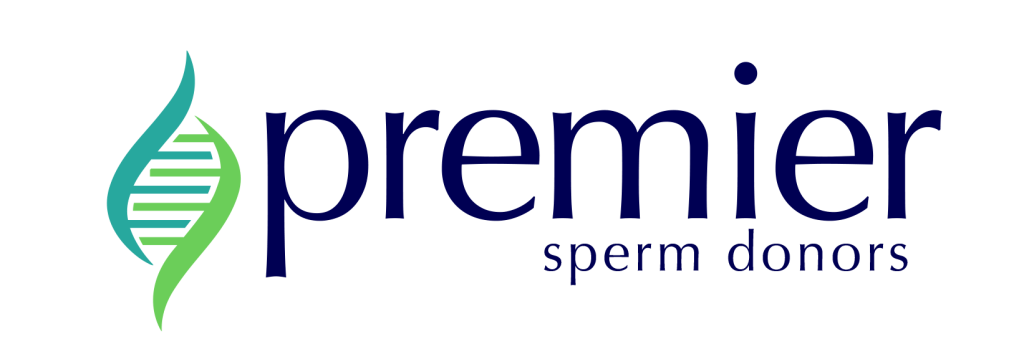Identity Release Donors
In an article published in Fertility and Sterility, researchers analyze trends in identity disclosure among sperm donors from sperm banks in the United States.
In the mid-20th century, when the first sperm banks opened in the United States, the experience of choosing a sperm donor was very different from today. Early banks’ donor catalogs – physical binders listing anonymous donors – disclosed limited information about donors, and donations were provided only on an anonymous basis. 1
Over time, the number of children conceived using a sperm donor increased, as did the demand for more information about the donors from intended parents using their sperm. Nowadays, intended parents have many options to find donors who have agreed to disclose their identities and contact information to future offspring. In fact, many sperm banks—including Premier Sperm Donors—exclusively recruit donors who are willing to donate on an “identity release” basis, meaning that any child born from one of our donor samples can request the identity and contact information for their donor when they turn 18 years old.
The nomenclature around donors’ identity disclosure has changed over time, and still varies from donor bank to donor bank. Years ago, the terms “anonymous” and “non-anonymous” were standard throughout the industry. Over time, terms such as “identity release” and “open-ID” replaced “anonymous” and “non-anonymous” at donor banks.
The shift to “identity release” donors at sperm banks was gradual and met with resistance. For years, sperm banking executives claimed that the total pool of donors would decrease if donors were not given the option to donate anonymously. However, in a paper published in Fertility and Sterility, researchers found that this is not the case.
In a research letter titled “Increase in open-identity sperm donation in the United States since 1996 2” Austin Valido, et. al, analyzed data about sperm donors in the US at three timepoints: 1996, 2012, and 2024. During that 28-year period, researchers collected information from sperm banks about the total number of sperm donors available in the US, and what proportion of the donors were “Open Identity” vs. “Non-Open Identity.”
Their research found that over the 18-year period between 2006 and 2024, the proportion of “open identity” donors increased dramatically, from 11.9% to 65%. During that same period, the total number of donors increased slightly, from 1693 donors in 2006 to 1763 donors in 2024. While the total number of sperm banks decreased, sperm banks operating in 2024 offered a majority of “Open Identity” donors in aggregate.
The option for donor-conceived people to contact their sperm donors is extremely important to intended parents and their children. At PSD, we believe that every intended parent should be able to choose an “Open Identity” donor, which is why we exclusively offer “Identity Release” donors.
For more information about our donor options, please contact us at info@psdonors.com.
1 https://www.nytimes.com/2019/06/26/magazine/sperm-donor-questions.html
2 Increase in open-identity sperm donation in the United States since 1996
Valido, Austin et al.
Fertility and Sterility, Volume 123, Issue 2, 361 – 363

